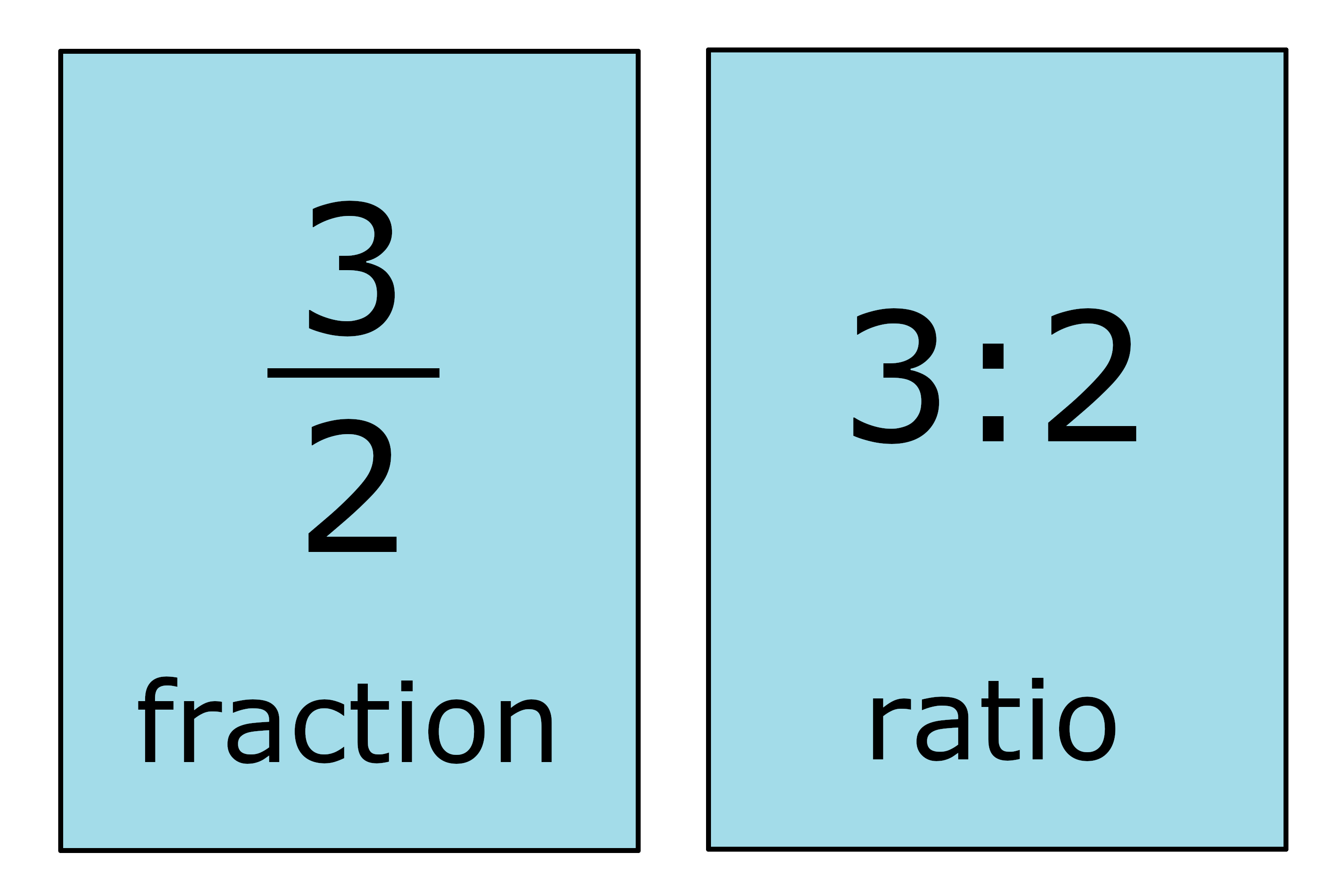
A low contribution margin can signal that a specific product is too expensive and not contributing to a company’s overall profits. Thus, the concept of contribution margin is used to determine the minimum price at which you should sell your goods or services to cover its costs. Therefore, it is not advised to continue selling your product if your contribution margin ratio is too low or negative.
Learning Outcomes
While contribution margin is expressed in a dollar amount, the contribution margin ratio is the value of a company’s sales minus its variable costs, expressed as a percentage of sales. However, the contribution margin ratio won’t paint a complete picture of overall product or company profitability. The concept of contribution margin is fundamental in CVP analysis and other management accounting topics. Contribution margin refers to sales revenue minus total variable costs.
Contribution Margin
When used on an individual unit sale, the ratio expresses the proportion of profit generated on that specific sale. Companies typically use this metric to determine how much revenue they generate by producing each additional unit after breaking even, measuring how much new sales contribute to their profits. The gross profit margin represents a company’s total profits, while the contribution margin only refers what is an accrued expense square business glossary to the earnings per unit. Typically, investors like to see a company’s profit margin in their pitch deck, while the contribution margin ratio is used for internal business decision-making. Thus, the level of production along with the contribution margin are essential factors in developing your business. Now, it is essential to divide the cost of manufacturing your products between fixed and variable costs.
Contribution Margin Analysis Per Unit Example
However, reducing the quality of your products could inevitably hurt your business reputation and sales, so you should be mindful of where you cut variable costs and when. The first step to calculate the contribution margin is to determine the net sales of your business. Net sales refer to the total revenue your business generates as a result of selling its goods or services. Contribution Margin refers to the amount of money remaining to cover the fixed cost of your business.
Step 2 of 3
Analysts calculate the contribution margin by first finding the variable cost per unit sold and subtracting it from the selling price per unit. Contribution margin (CM) is equal to sales minus total variable costs. Also important in CVP analysis are the computations of contribution margin per unit and contribution margin ratio. However, this implies that a company has zero variable costs, which is not realistic for most industries. As such, companies should aim to have the highest contribution margin ratio possible, as this gives them a higher likelihood of covering its fixed costs with the money remaining to reach profitability. A contribution margin ratio of 80% means 80% of this company’s revenue is available for fixed costs, which can be subtracted from the contribution margin to give you a profit margin.
- Because to really understand your business, you have to control your contribution margin ratio.
- It is the amount available to cover fixed costs to be able to generate profits.
- Generally speaking, when trying to increase sales, products that yield the greatest amount of contribution margin per dollar of sales should be emphasized.
- When preparing to calculate contribution margin ratio, you will need to add together all of your variable expenses into one number.
Formula:

Learn how to calculate contribution margin ratio and boost your profitability with our guide. Direct Costs are the costs that can be directly identified or allocated to your products. For instance, direct material cost and direct labor cost are the costs that can be directly allocated with producing your goods. Knowing how to calculate the contribution margin is an invaluable skill for managers, as using it allows for the easy computation of break-evens and target income sales. This, in turn, can help people make better decisions regarding product & service pricing, product lines, and sales commissions or bonuses. Assuming factors like demand and competition are equal, the company should make the product with the highest return relative to variable costs in order to maximize profits.
Low contribution margins are common in some industries, specifically those with higher variable costs. For example, labor costs tend to be higher in the manufacturing industry. In the CM ratio formula, the variable costs are those directly related to the production volume, such as parts and labor. This means that you can reduce your selling price to $12 and still cover your fixed and variable costs. Say, your business manufactures 100 units of umbrellas incurring a total variable cost of $500. Accordingly, the Contribution Margin Per Unit of Umbrella would be as follows.
The more it produces in a given month, the more raw materials it requires. Likewise, a cafe owner needs things like coffee and pastries to sell to visitors. The more customers she serves, the more food and beverages she must buy. These costs would be included when calculating the contribution margin.
As mentioned earlier, the contribution margin ratio can help businesses determine the lowest possible price at which sales can be made and still break even. This analysis can aid in setting prices, planning sales or discounts, and managing additional costs like delivery fees. For example, a company aspiring to offer free delivery should achieve a scale where such an offering doesn’t negatively impact profits. In conclusion, we’ll calculate the product’s contribution margin ratio (%) by dividing its contribution margin per unit by its selling price per unit, which returns a ratio of 0.60, or 60%.
